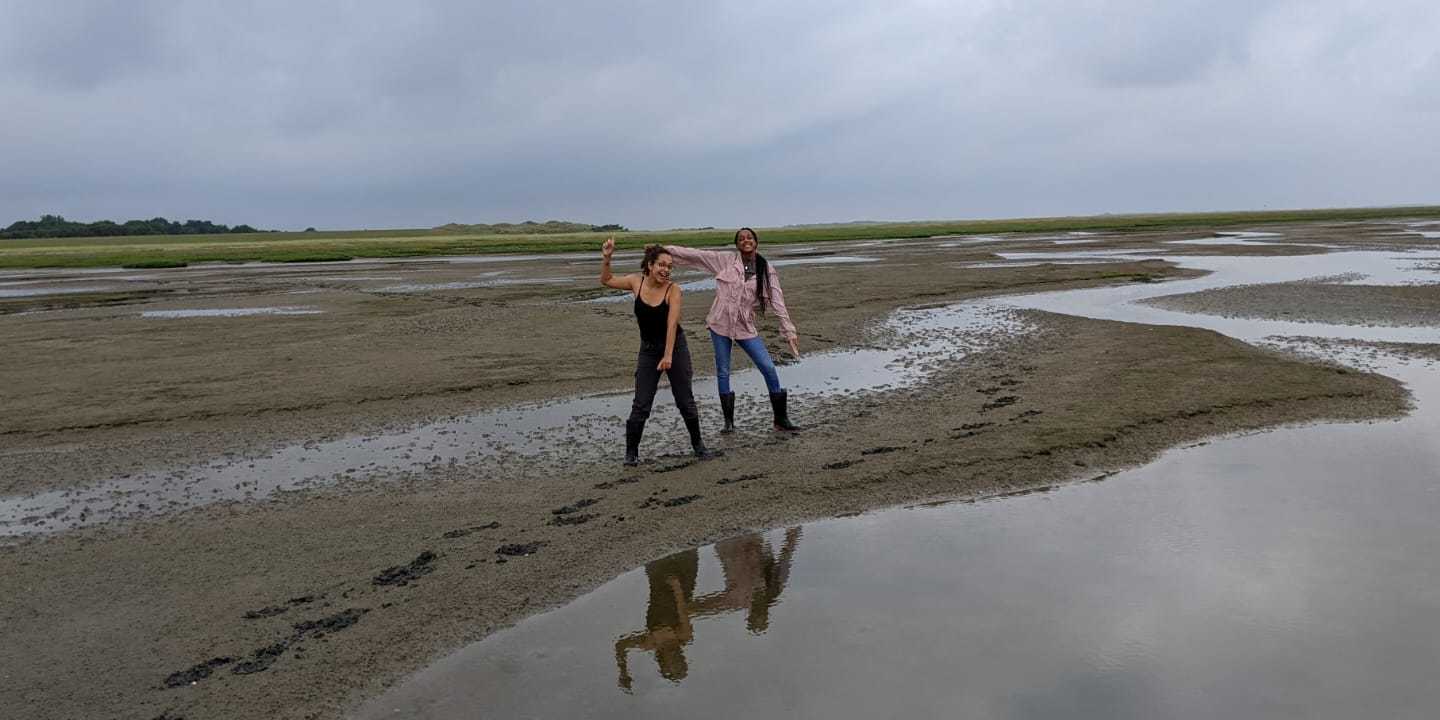I was interested in coming to the Helmholtz Institute of Functional Marine Biodiversity (HIFMB) and becoming a part of the MARISCO project, to learn more about oceanic and interdisciplinary research as part of a summer Global Sustainability Scholars scheme. My coursework in environment and biology often mentioned the ocean, but it never went sufficiently into depth or breadth. Now that I am studying environmental planning, as many cities are on coasts, it is essential that I understand both the ecology that influences these cities, and that I get a better understanding of the sociocultural significance that these large bodies of water have on us all. HIFMB is full of remarkable scientists studying subjects ranging from microbial biodiversity to criminality at sea. Every week I was learning about a different way to think about the ocean and its biological and social processes.
“I was lucky enough to see interdisciplinarity at work, an eye-opening opportunity as it is admittedly hard to change mentalities, perspectives, and ways of thinking. The work ideally starts at the root of education, but alas, better late than never.”
The survey creation project that Marilyn, my Global Sustainability Scholar colleague, and I were tasked with, exemplified the efforts that the institute is making to bring disciplines together. Our supervisor, HIFMB Post-Doctoral Researcher Jan-Claas Dajka has a robust background in marine biodiversity, Marilyn is a master’s student in environmental engineering, and I am currently studying environmental policy and planning. The biggest challenge in the process of creating the survey was agreeing on how to best capture information and what types of questions would elicit the data we wanted to collect.
We all came to the table with different skills and mindsets, but we had the same goal of making a survey for Wadden Sea stakeholders that asks about the relationship between biodiversity change and human quality of life through the lens of Nature’s Contribution to People (NCP).

The NCP framework aims to push stakeholders to interpret their numerical biodiversity data in a different way, by analyzing how the information impacts humans. By adopting this slightly qualitative and human-centric perspective on quantitative biodiversity data, the survey included methods from both natural and social sciences. Therefore, creating the survey and the survey itself were a practice in interdisciplinarity. I am very thankful for the soft and hard skills that I learned in the process, and I am eager to see the survey results.

